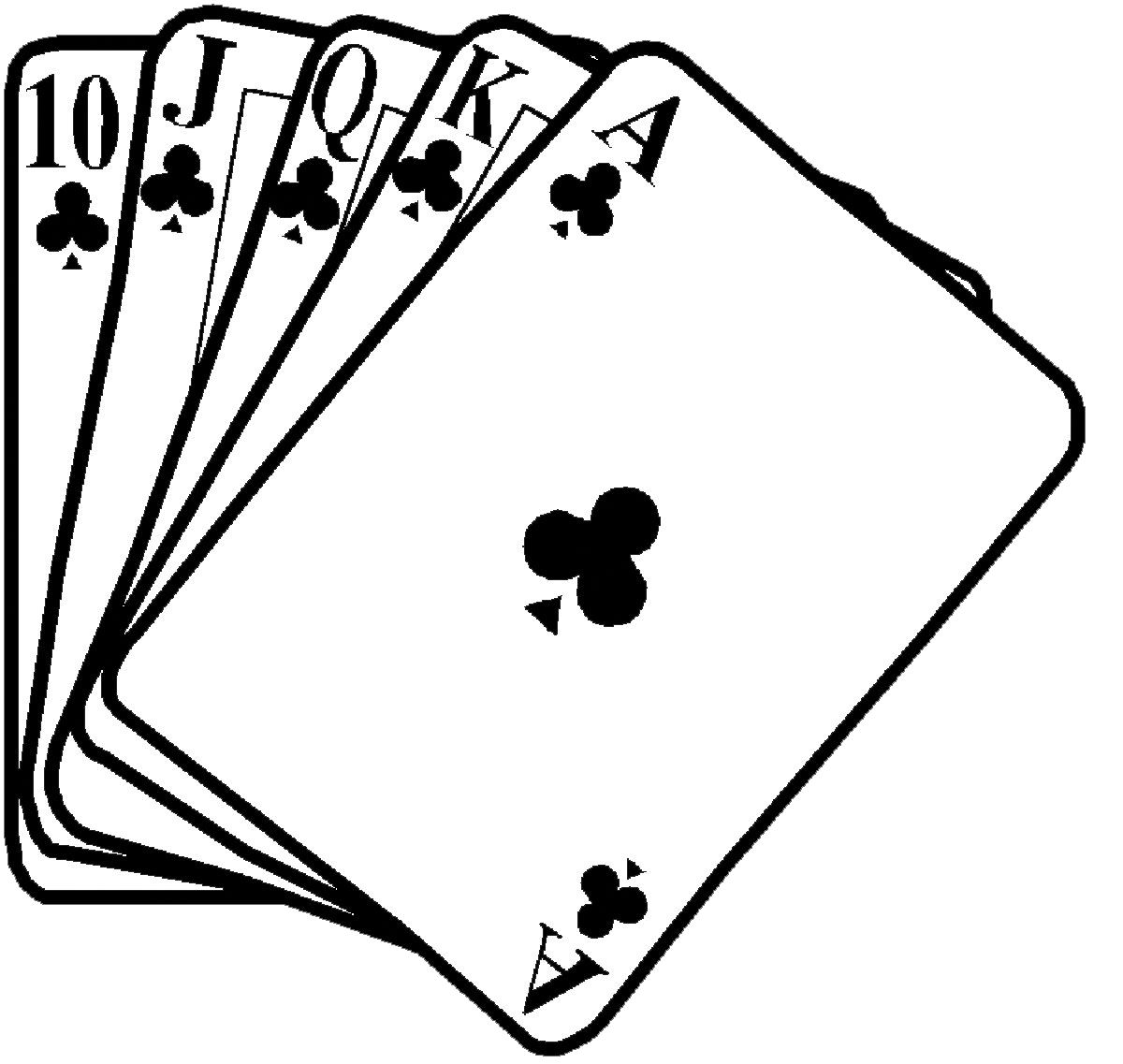Upon entering my second day of the conference, I was instructed to draw a card from a deck. I then had to sit at a table the held a sign of the same suit as my playing card. This forced me to sit with (mostly) different people from the first day of the conference. You know that as teachers, we become very territorial very quickly. We find a comfort zone and stick with it. This training was not allowing that, and I am grateful for the push.
I like this idea for the classroom. My environment is set up in groups every day. I usually make a seating chart the second week of school for the sole purpose of splitting up friends. Being friends, however, does not mean that students can not learn from one another. After thinking about it, shouldn't students be offered this same opportunity by random draw?
 My intention is to use this method on the first day of the 2015-2016 school year. Students may end up with friends; they may not. Either way, that should not take away from the group-building activity that I am planning on using (keep checking back for future blog post). I am considering using it every day for the first week, just to get the kids familiar with all of their classmates. [One of my biggest issues is always when students do not know the names of classmates after a couple of months. Heck, if I can learn them in a week, they should be able to learn them, too.]
My intention is to use this method on the first day of the 2015-2016 school year. Students may end up with friends; they may not. Either way, that should not take away from the group-building activity that I am planning on using (keep checking back for future blog post). I am considering using it every day for the first week, just to get the kids familiar with all of their classmates. [One of my biggest issues is always when students do not know the names of classmates after a couple of months. Heck, if I can learn them in a week, they should be able to learn them, too.]
__________________________________________
- I have doubled the symbols on each page in order to fold them in half to get them to stand up. I am considering using the four-suit image for the last students who come in who may not fit into other full groups. This will depend upon class sizes.
__________________________________________
At the conference, we took the playing cards a step further. Although we sat with one group, we created poker hands to mix-and-mingle with other classmates to answer questions. We took our cards, then paired up by a poker hand that was called out: two of a kind, three of a kind, flush, straight. For each round I participated in, I managed to meet someone new. Sometimes I was with one other person; sometimes four.
This has unlimited possibilities for the classroom. For the first week, I am considering using this method with a 3-2-1. Students will write down three things they learned (it probably will not actually be about my class), two things they like, and one question they have. Then I will have them create their poker-hand groups to discuss what they have written. My goal is to always to incorporate reading and writing with listening and speaking to address ESL needs. And after twelve years of teaching, it becomes easier and easier to blend different strategies, so why not!
__________________________________________
- Because I am not terribly familiar with poker, and because I really hope that my students are also clueless (yes, naive), I made myself a display cheat sheet. I will post this to assist with students making their groups.
__________________________________________
The AVID site team is hoping to present these playing card strategies during our in-service week in conjunction with some team-building activities. I only share what I see value in, and I am excited about adding this to by classroom management repertoire. Plus, I can definitely get cheap decks of cards at the dollar store (a teacher's best friend).
What are your thoughts? How can you use this with your students (aside from teaching them how to play poker)?

